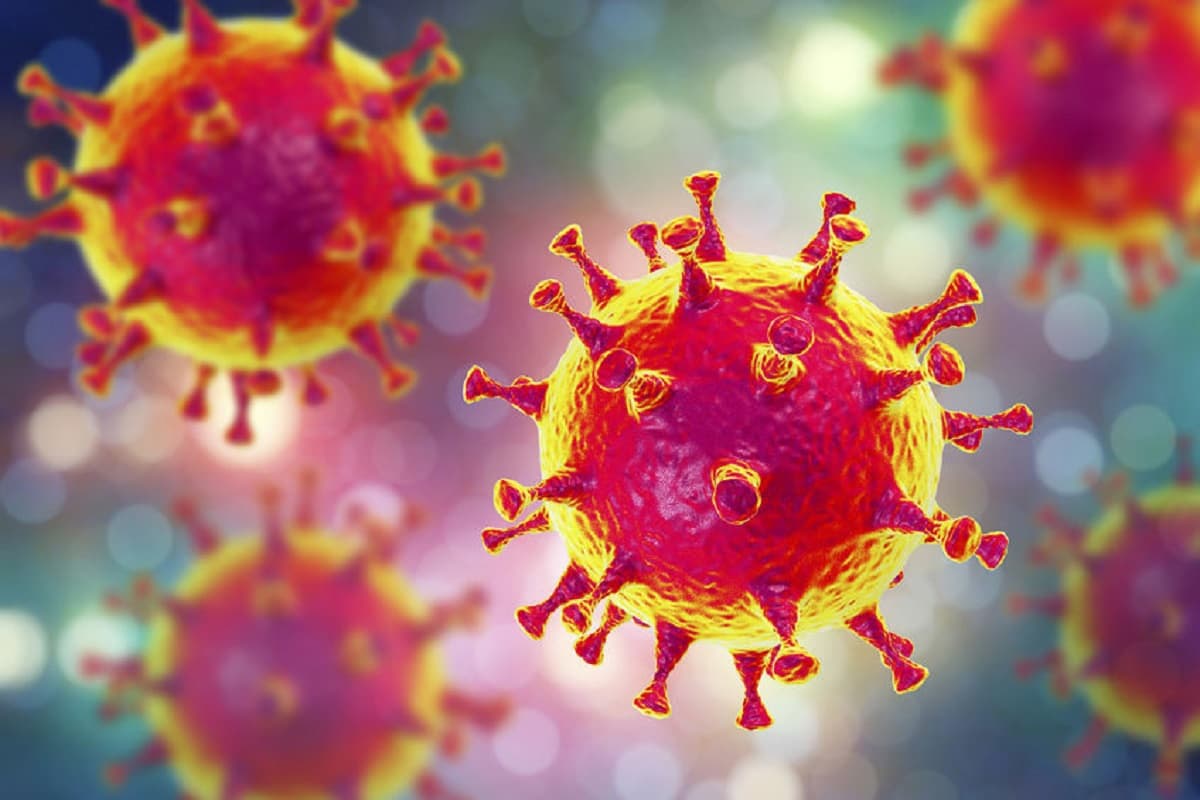
KUALA LUMPUR (Nov 30): Covid-19 policies in Asia-Pacific (APAC) have put regional economies on a weaker recovery path than the rest of the world.
In a report titled "Asia-Pacific: Ghosts of COVID Past Hover Over 2022" released Tuesday, S&P Global Ratings said while the region was highly successful in curbing the spread of the virus early in the pandemic, it was slow to vaccinate, and is now only gradually reopening borders and relaxing mobility.
The rating agency said the region's vaccination coverage and economic reopening have just recently reached levels that can sustain a recovery that has faltered all year.
It said the arrival of new Covid-19 variants such as Omicron add to the complexity of managing the virus in APAC, and may trigger more mobility controls.
S&P said China continues with its zero Covid-19 strategy.
It said authorities have been enforcing brief but stringent lockdowns in parts of the country to control outbreaks in those areas. China's lockdowns are effective in preventing infections but weaken consumer confidence, spending, and growth.
The rating agency said policymakers are still refraining from adding much stimulus.
It said credit growth is on the moderate side and property sector controls are still tight.
S&P’s global chief economist Paul Gruenwald said China's central bank is unwilling to go back into high credit growth territory as it seeks to contain financial risks.
“Likewise, there hasn't been significant action on the fiscal front as the emphasis remains on quality rather than quantity of growth," said Gruenwald.
“We forecast 2022 growth in China at slightly below 5%, reflecting weak domestic demand, including the effects of a property slowdown and strains among developers.
"The full implications of China's evolving growth model present a key risk to our outlook for Asia-Pacific," he said.
Gruenwald said slower growth arising from reining in credit excesses should support sustainable growth down the line.
“However, curbs on private sector entities could affect productivity gains, which will be a major growth driver for China over the next five years,” he said.
S&P said in several economies across the region, pandemic escalations weighed on third quarter economic activity.
It said this led to downward 2021 growth forecast revisions in Japan, Malaysia, Vietnam, and Australia.
It said higher vaccination coverage and gradual reopening mean that fourth quarter activity in Asia will be strong and that the outlook for 2022 is stabilising.
The rating agency said inflationary pressures are well-controlled in APAC, in contrast to elsewhere.
Core inflation remains low, reflecting sluggish consumer demand and is likely to rise over 2022 as economic reopening leads to improved domestic demand.
As a result, monetary policy across much of the region is set to remain accommodative.
S&P said the post-vaccination discovery phase of the pandemic put the APAC in an uncharacteristic position: global laggard.
Initially a world leader in the fight against Covid-19, the slow uptake of vaccines and the common use of lockdowns have led to economic underperformance, it said.
“We are still in the throes of a global pandemic and new variants continue to pose risks to economic recoveries.
“Just as Asia-Pacific was learning to live with the virus, the new Omicron variant is already disrupting economic reopening.
“While living with the virus has reduced Covid-19's impact on the economic outlook, new outbreaks of unknown severity cast a shadow on this narrative,” it said.